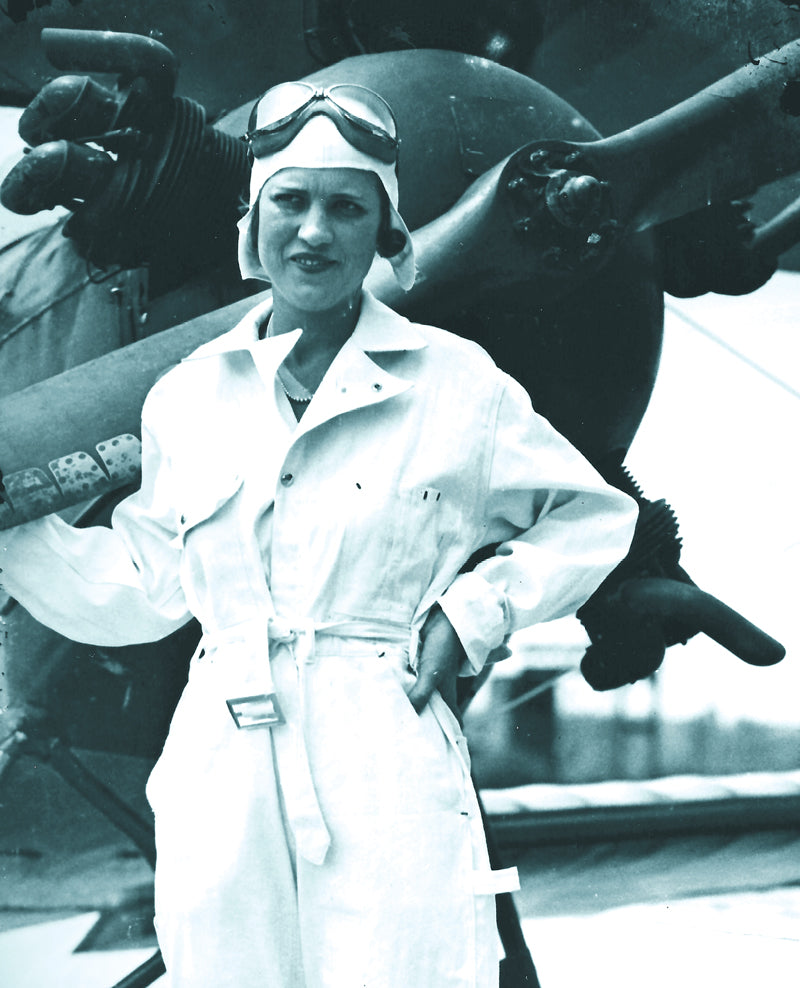The Sole Surviver
This is an interesting story about an aircraft accident that occurred over the Amazon jungle and the sole survivor of that accident.
The aircraft involved was a Peruvian airline Lockheed Electra L188 aircraft that was operated from 1963 to 1971 and is notably known for three fatal crashes during its existence.
This resulted in the airline being shut down in December of 1971.
The first two accidents caused the loss of all lives aboard the aircraft; however, the last crash had one survivor.
This is her story.

A LANSA Lockheed Electra L188 airplane is being prepared for flight on the airport tarmac.
The Lockheed Electra is a four-engine, low-wing, commercial airliner with retractable landing gear and powered by four Allison Model 501-D13 turboprop engines.
The airplane is 104 feet, 6.5 inches long with a wingspan of 99 feet and an overall height of 32 feet, 11.6 inches.
It was the first large turboprop airliner built, and it seated between 85-90 passengers.
Between 1957 and 1961 there were a total of 170 Lockheed Electras built and the three regional airlines in the US that operated them retired all of them as commercial jet airliners came on the market.
The Fatal Flight
It's Christmas Eve in 1971, and LANSA Flight 508 departs Lima, Peru en route to the small Amazon jungle city of Pucallpa.
After a normal takeoff, the aircraft climbs to its cruising altitude of 21,000 feet and proceeds towards Pucallpa.
Aboard the aircraft was a young 17-year-old girl by the name of Juliane Koepcke. She was traveling with her mother after graduating from high school to visit her father who was a zoologist in the Amazon rainforest.
A half-hour later the aircraft penetrated a thunderstorm and was struck by lightning. It appears that the lightning strike ignited a fuel tank, which then resulted in the right-wing spar failing.
As the airplane began coming apart one of the passengers, Juliane Koepcke, still strapped into her seat, found herself falling through flaming debris and other airplane parts towards the jungle below.
Imagine how frightened this young girl must have been!
Last week we talked about a Marine Lt. Judkins who bailed out of his F-8 Crusader, which was on fire, and fell 15,000 to the Pacific Ocean suffering major injuries to his ankles, pelvis, and vertebrae.
However, Juliane was more fortunate than Lt. Judkins, and the canopy of the Amazon jungle below must have slowed her descent toward the earth.
Juliane's Fate
When describing her experience Juliane said that she found herself free falling through the sky, the airplane having left her and all alone.
She quickly found herself unconscious, and when she woke up was amazed that she had survived and suffered only minor injuries.
The pieces of the aircraft had fallen and spread out over a 15-square-kilometer area of the tropical forest below.
Juliane was suffering from a concussion and after learning that she was still alive slipped back into unconsciousness.
While initially conscious she noticed that she could only see well out of one eye and that she had a deep gash on her calf. Later it turned out that she also had a broken collarbone.
After about half a day Koepcke was able to get fully up, and she immediately set out to try and find her mother.
As she searched for her mother she came across a small rivulet of water which then flowed into a brook and eventually into a stream.

Juliane Koepcke is as she wades down the stream.
She recalled that her dad's advice was that if you follow the water it will eventually lead to help.
On the fourth day of her journey downstream, she came across three passengers still strapped into their seats. They had landed head first with so much force that they were buried three feet into the ground.
One of them was a woman, but after checking, Koepcke realized it was not her mother.
She did, however, find a bag of sweets which provided some nourishment as she continued down the stream.
During this time she heard airplanes and helicopters searching the area but was unable to get their attention.
On the ninth day of her trek through the jungle, Juliane stumbled across a hut and decided to rest in it, thinking that this was where she would die.
But, a little time later she heard voices which turned out to be three loggers who lived in the hut.
At first, the loggers were startled, but later they helped her the rest of the way to Pucallpa.
Eleven days later she arrives at Pucallpa.

Juliane Koepcke is being helped after she arrives at Pucallpa.
After she was treated for her injuries, Koepcke was reunited with her father.
It was then that she learned her mother had also survived the initial fall but died soon afterward due to her injuries.
Juliane then helped the rescuers locate the wreckage and they were able to locate the bodies from the aircraft and identify their remains.
In 1998, she returned to the site of the crash for the documentary Wings of Hope about her incredible story.

Juliane Koepcke amid the wreckage of the aircraft in the jungle.
Juliane eventually went on to study biology at the University of Kiel in Germany in 1980, and then she received her doctorate.
She then returned to Peru to do research in mammalogy and married and became Juliane Diller.
I hope you enjoyed this trip through some of the history of aviation. If you enjoyed this trip, and are new to this newsletter, sign up to receive your own weekly newsletter here: Subscribe here!
Until next time, keep your eyes safe and focused on what's ahead of you, Hersch!







Leave a comment
This site is protected by hCaptcha and the hCaptcha Privacy Policy and Terms of Service apply.